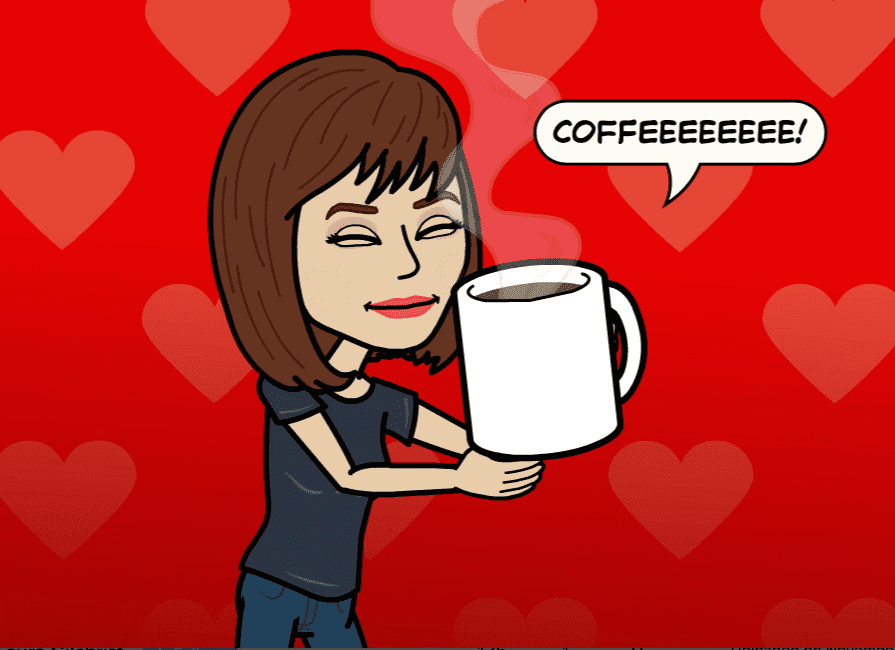
I remember when I received my first one—my first Bitmoji, that is.
Bitmojis are those cute little avatars that illustrate a smiley face or good morning hug or any other sentiment that I would relay to a family member or friend. We love them, right? They are innocuous; they cover up how we might truly feel; they give us a visual of how we want our message to be received by the recipient; and they are fun.
When we connect with someone through a smile, a gesture or a cute picture, we reach them emotionally. These Bitmojis, in a sense, are a form of puppetry. They are an extension of the true self of the person who controls them. But what of the generation that is growing up with them now? What words and connection to their true emotional selves will these infectious images replace? Are we becoming a visual society, and what affects does this have on our communication with one another and our ability to express ourselves to another human being face to face? And, how are these being used in meetings and events now? Is there a Bitmoji for breakout session boredom—a “get me out of here” Bitmoji? What about a “the food is good” Bitmoji?
“Are we becoming a visual society, and what affects does this have on our communication with one another and our ability to express ourselves to another human being face to face?”
When one sense is favored, our nearly 30 other senses take a back seat. It’s the reason you can see a movie or go to the same Broadway show over and over again because you will always see, hear and experience something different. It’s your subconscious body language at work. For example, if I held two identical pieces of luggage, and one was white and one was brown, the perception of dark color influences us to think the brown piece is heavier than the white one.
Our subconscious minds process more than 11 million bits of information throughout the day although we function at a rate of less than 50 bits. We are exposed to more than 200 ads on average a day, and we process more than 10,000 stimuli from a gentle touch of one finger or a feather. It is no surprise that sensory marketing is becoming more and more apparent as marketers realize its lasting impact.
Over the past 20 years, growing interest in this field has resulted influenced research in the academic area. In an issue of the “Harvard Business Review,” an article states that “Much of the new research centers on ‘embodied cognition’—the idea that, without our conscious awareness, our bodily sensations help determine the decisions we make.”
Because technology will continue to deaden and deafen our verbal and written skills, the focus on the senses will continue to evolve. It is not effective if one sense is appealed to as we are multisensory beings and can be distracted as the senses play tug of war for our attention. We have often repeated seeing a film or reading a book and always came out with a different experience. There are 30 senses and about 45 sensibilities that enable us to connect, to bond and to exist. Maya Angelou said it best: “People will never forget the way that you make them feel.”
The burgeoning area of ‘sensology’ will continue to grow as technology creates more and more alternative ways of expression—the latest device novelty being custom avatars called Bitmojis. These are created in our likeness and express feelings visually through a library of sentiments that we can text to one another. This is the definition of “a picture speaks a thousand words.” Sensology teaches us how to feel our own emotions, others people’s feelings and sensitivity to our environments. So, as “LOL” is replaced by more visual and audio, how will this affect sensory impact, recall and touch points?
How does the live engagement you plan appeal to the senses in a multidimensional way and engage the customer through storytelling, video, wonder and the magic of belief? Heightening our awareness of sensory impact heightens the impact of the messaging and our interaction with one another. And that makes sense.









